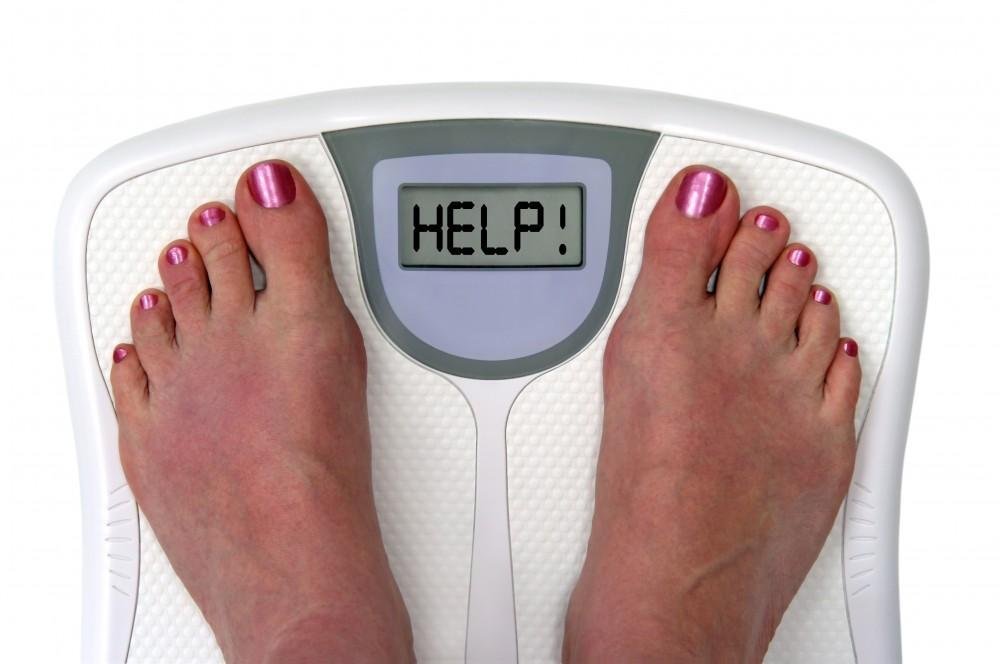10 Expert-Approved Hair Growth Tips That Actually Work
We reveal 10 expert-approved hair growth tips that actually work. These aren’t gimmicks — they’re trusted by dermatologists, trichologists, and hair care professionals worldwide. Everyone wants long, luscious hair — but hair growth isn’t just about luck or genetics. With the right routine, nutrition, and hair care habits, you can significantly improve your hair’s growth … Read more






